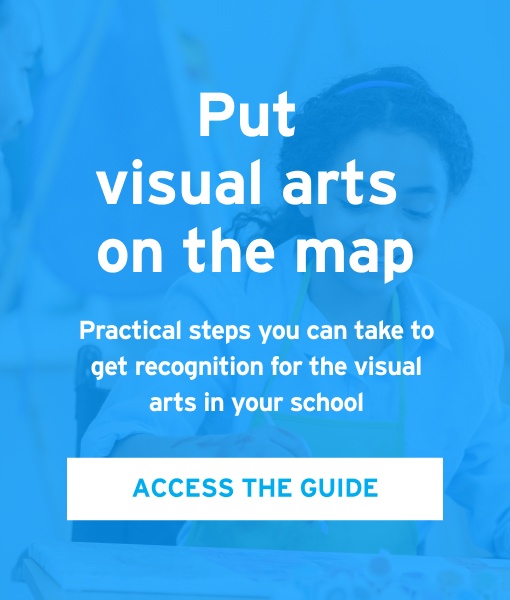Future employment prospects
We can’t begin to imagine some of the jobs the next generation of workers will hold, but we can guess at the types of skills, and potential competition they will have from factors such as automation, AI and robotics.
As more and more jobs become automated, the skills young people possess that set them apart from machines and IT systems, are the skills they will really need to develop and sell when searching for employment options. The CBI ‘Educating for the Modern World’ report explores how we can help prepare students for the world of work, and discovered, as highlighted on page 9 of the report:
‘Over half of employers (60%) value broader skills, such as listening and problem-solving, as one of their three most important considerations… Even when considering the value of qualifications, nearly three quarters (74%) of the businesses say they prefer a mixture of academic and technical qualifications, or that they view all qualifications equally.’
Research has also found that the creative economy accounts for one in 11 jobs in the UK at present and NESTA found in 2015 that:
‘87% of highly creative jobs are at low or no risk of automation, compared with 40% of jobs in the UK workforce as a whole.’
If we want to help set our young people up in professions that will not come under threat, the arts is the way to achieve this. They help develop the ‘soft skills’ required by even the top technological companies in today’s world. In support of this, The Washington Post has published these important Google findings:
‘Among the eight most important qualities of Google’s top employees, STEM (science, technology, engineering, mathematics) expertise comes in dead last. The seven top characteristics of success at Google are all soft skills: being a good coach; communicating and listening well; possessing insights into others (including others different values and points of view); having empathy toward and being supportive of one’s colleagues; being a good critical thinker and problem solver; and being able to make connections across complex ideas.’
If these are the skills employers are really looking for, we need to give young people the opportunity to develop and practise them in their school years. London South Bank University tracked 68 young people over three years who took part in Arts Award. In their study, they found that 100% of students experienced a positive impact on their soft skills as a direct result of completing this qualification, and 50% reported a positive effect on their hard skills, such as grades and job opportunities.
Other direct benefits of undertaking Arts Award included A-Level achievements, successful university entry and development of professional skills for life, such as leadership and an improved aptitude for entrepreneurism.
Thus, the more varied the arts provision, and the more it permeates the education of the individual student, the more skills are acquired to succeed at university and sustain employment as an adult.
Did you know?
Surgeons are concerned that current medical students don’t have the dexterity required to operate on and sew up patients. The highly skilful jobs that cannot be replaced by automation, such a surgery, require a confident and competent approach to intricate movement of the hands. But due to an increase in screen time and purely academic study, these skills are often lacking. Surgeon Professor Kneebone explains that:
‘Such skills might once have been gained at school or at home, whether in cutting textiles, measuring ingredients, repairing something that's broken, learning woodwork or holding an instrument.’
Thus, if children wish to go into fields that require highly skilful, disciplined and deft movement, pursuing arts subjects to help them develop these skills could really help prepare them for their future profession.
.png?width=2400&name=Untitled%20design%20(10).png)




.png?width=2400&name=Untitled%20design%20(10).png)

